Porsche 911 x The Great Wave off Kanagawa
When art and engineering collide, could the result be something truly elegant?
The Concept
It began with a vision: to fuse Japanese artistic mastery with the pinnacle of German automotive design. The base is no ordinary 911 – it’s a meticulously built Grand Prix White example with a 3.2L short-stroke engine, upgraded suspension, and handcrafted details.
White was chosen intentionally. In Japanese culture, it represents purity, simplicity, and unlimited potential – much like a blank scroll before the first brushstroke. Right now, it is exactly that: a pure canvas, ready for transformation.

Why The Great Wave?
Created in 1831 by Katsushika Hokusai, The Great Wave off Kanagawa is the most recognized Japanese ukiyo-e woodblock print in the world. It embodies the power of nature, human resilience, and the beauty of motion.
For this project, the wave symbolizes the constant energy of driving, the courage to face challenges, and the timeless strength represented by Mount Fuji, values that align perfectly with the car's spirit.
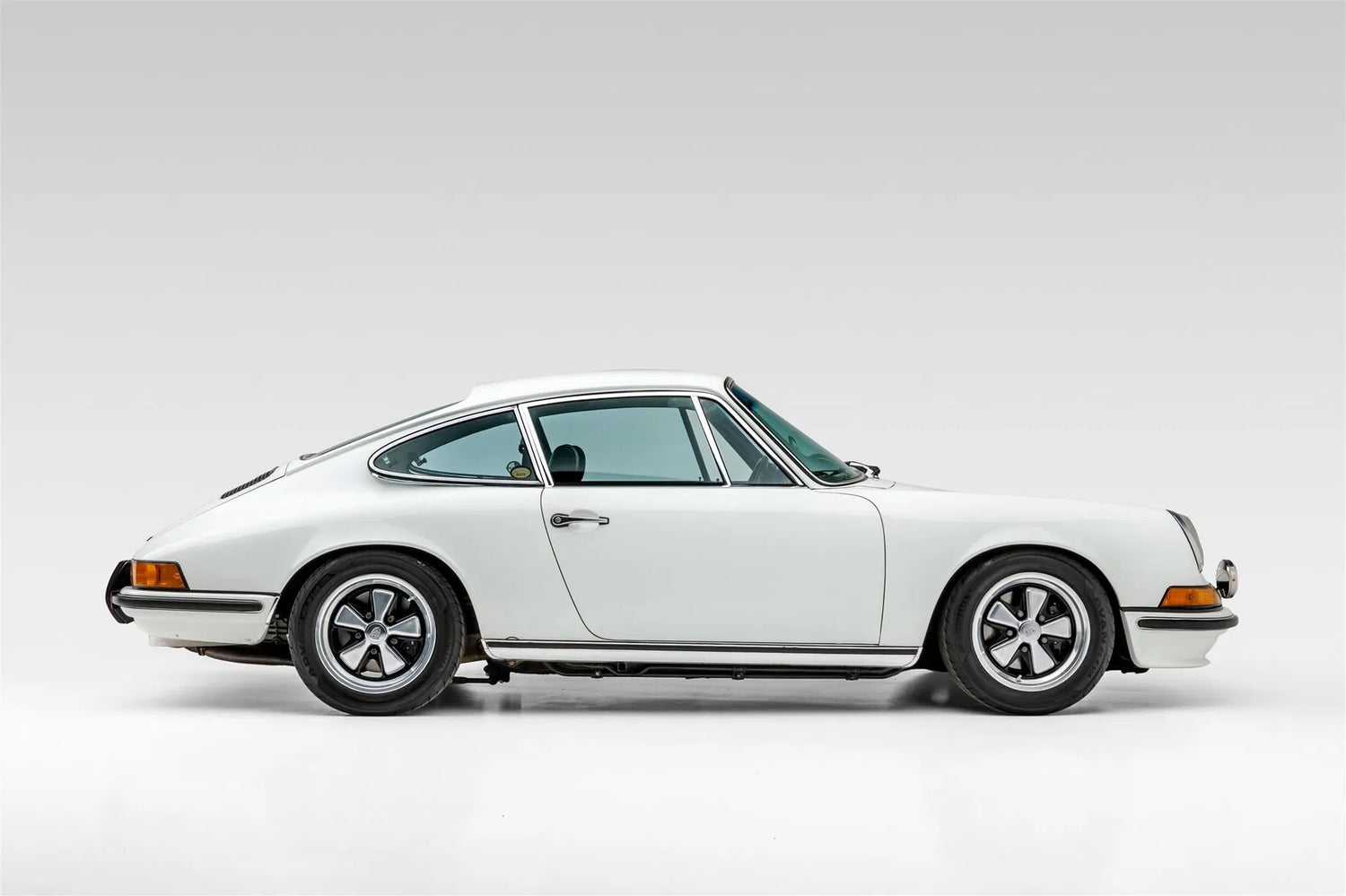
Chassis
1971 Porsche 911 T.
White, unmarked, and silent. This is the car that got chosen for this project and it's beautiful.

Engineering at Its Finest
Beneath its clean white exterior lies a 3.0L engine rebuilt into a 3.2L short-stroke powerhouse. Based on an SC case (930/16), it’s been bored, balanced, and blueprinted with Mahle pistons, ported heads, “S” grind cams, and Weber 46 IDA carburetors.
Suspension is handled by Bilstein Sport shocks with a carbon fiber strut brace, brakes upgraded to Boxster monoblocks, and a 915 transmission with Turbo synchros, Quaife LSD, and a Wevo short shifter.
This isn’t just a showpiece. It’s built to be driven hard and precisely.
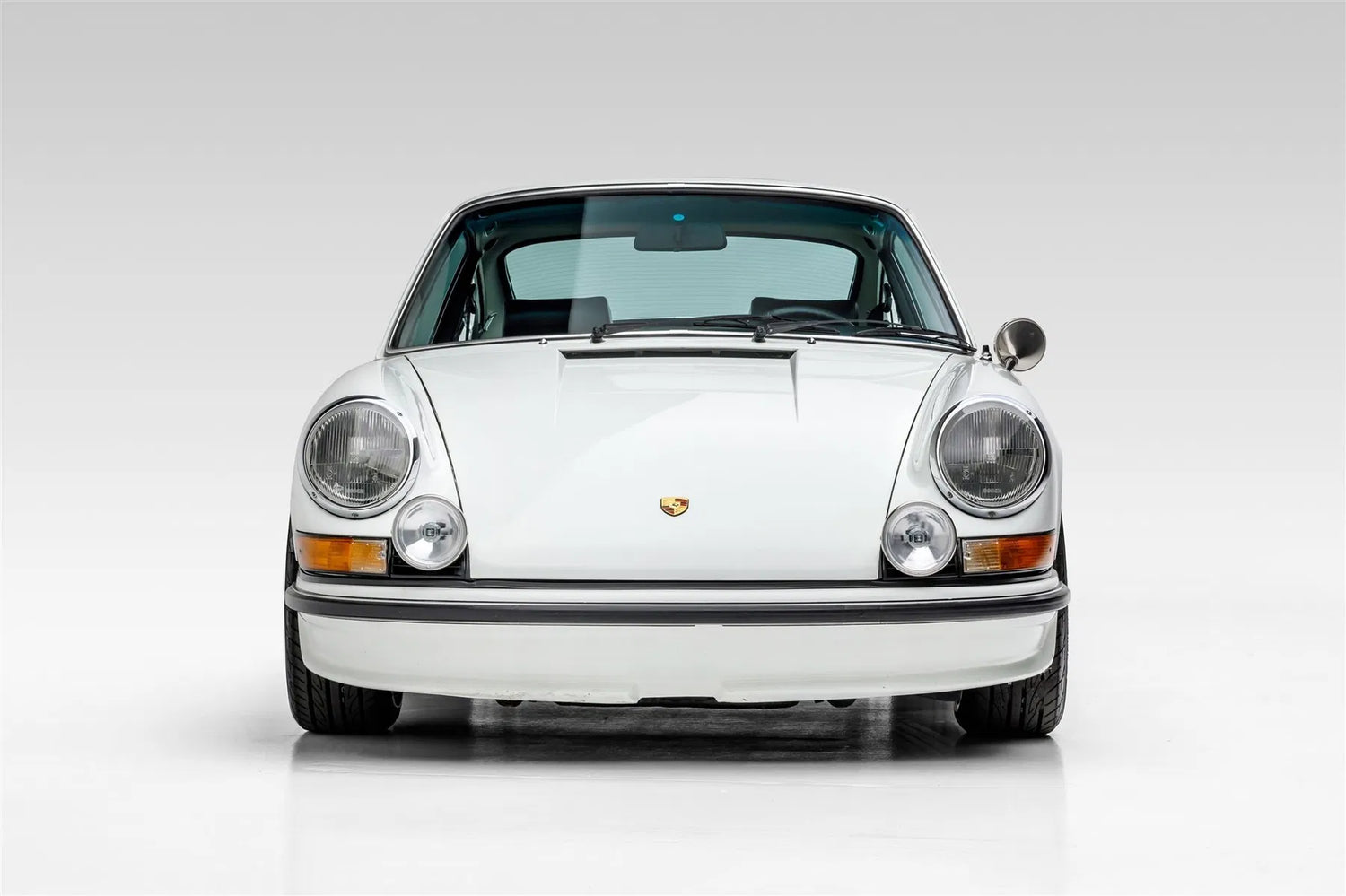
Before the first brushstroke, the 911 stands as a study in proportion and purpose. The Grand Prix White paint reflects every contour of the body, from the graceful curve of the roofline to the muscular rear arches. Without any graphics or livery, the shape speaks for itself already.
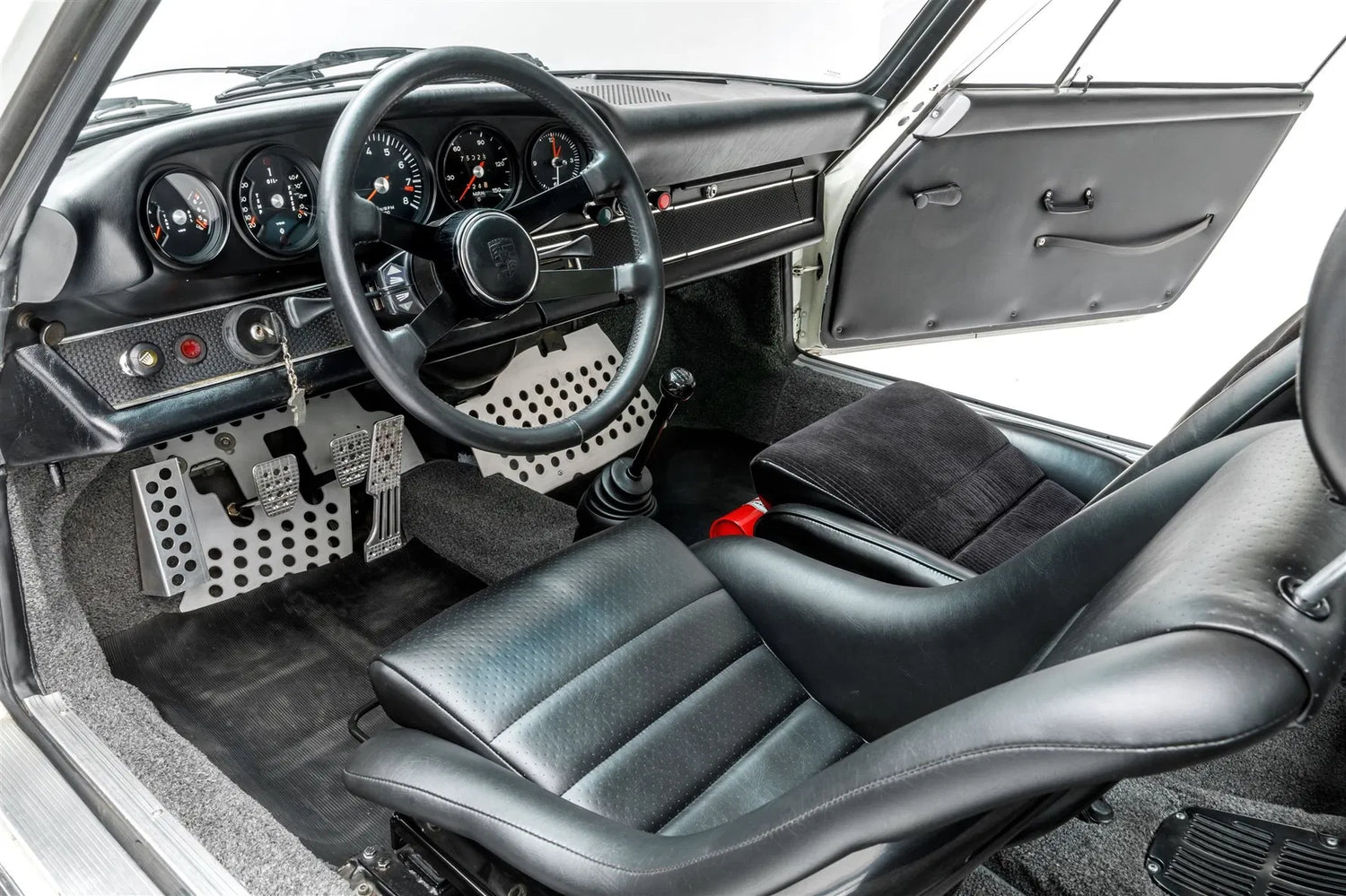
Interior and Craftsmanship
Interior and Craftsmanship
Inside, the 911 blends RS-style lightness with restored gauges, Recaro seating, and motorsport-inspired details. It’s as focused as it is beautiful. A driver’s environment designed for pure engagement.

In this moment, it is both complete and unfinished: a finished performance machine awaiting the layer of art that will forever change its identity. This is the calm before the wave.
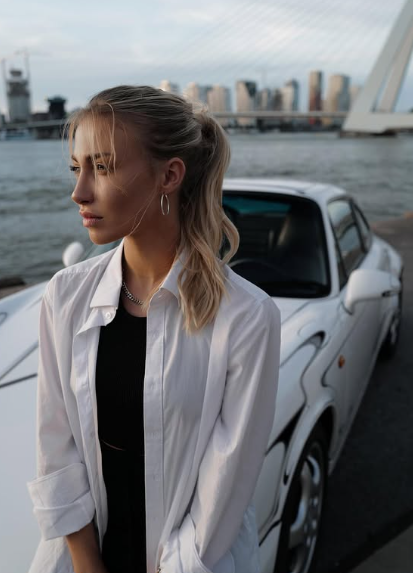
The Artist – Hannah Schönwald
To bring the Great Wave to life, the project will turn to Hannah Schönwald, a visionary artist whose work blurs the line between industrial design and fine art. Renowned for her ability to transform automotive icons into rolling canvases, Hannah combines the precision of a designer with the soul of a painter.
Her process is as fearless as it is meticulous: every brushstroke applied freehand, every curve of the body studied as carefully as a sculptor examines stone.
Hannah will adapt her style for this 911 using custom-formulated pigments that match the tones of Hokusai’s original print, applied entirely by hand, with no stencils or decals.
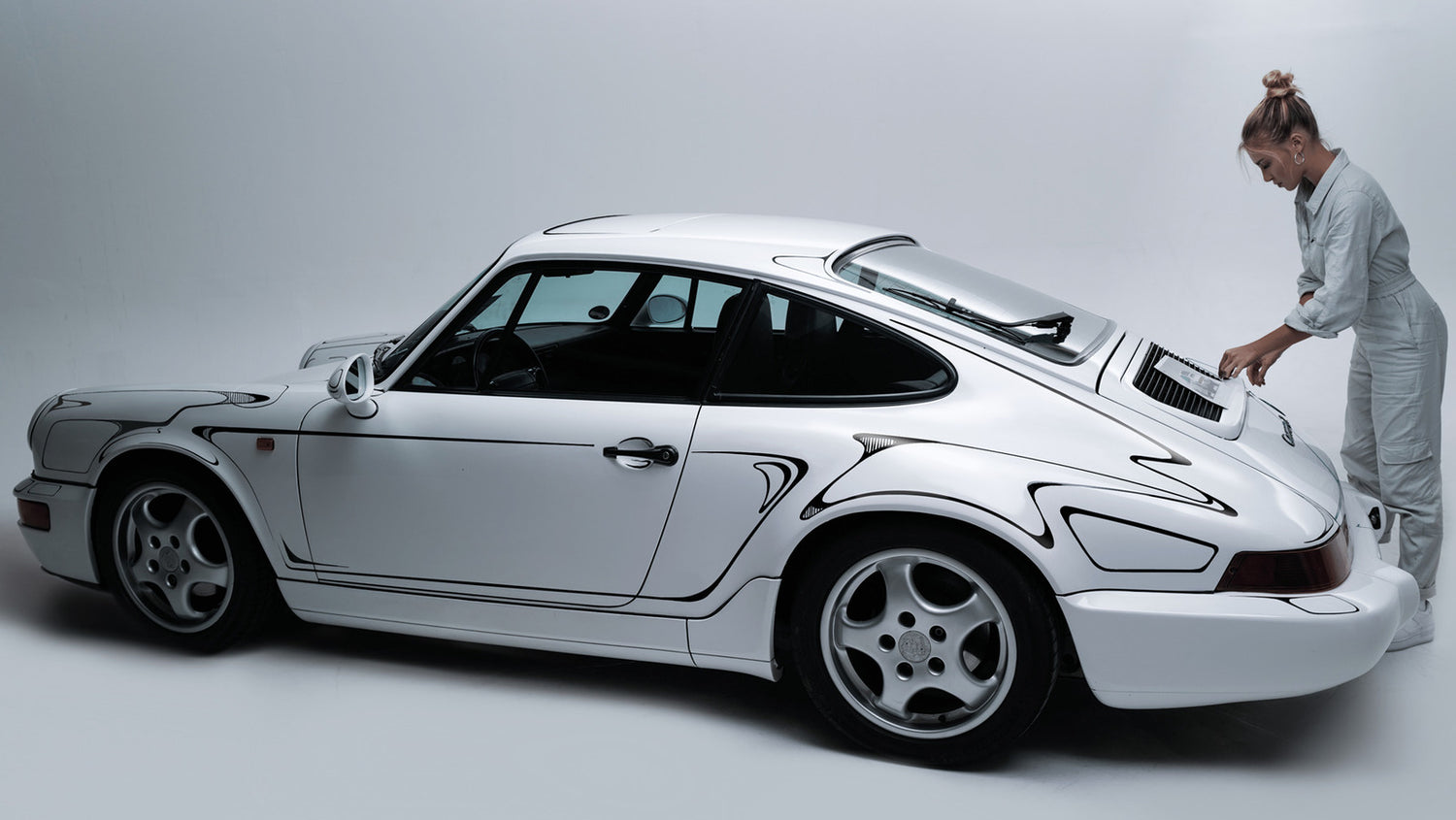
Background & Inspiration
In January 2021 Hanna was entrusted with a Porsche 911 of the 964 generation, generously loaned by a client. Passionate about classic Porsches, she saw the 964 as a bridge between the original 911 silhouette and modern performance - a design she felt resonated deeply with her aesthetic ideals. The car turned out simply beautiful.
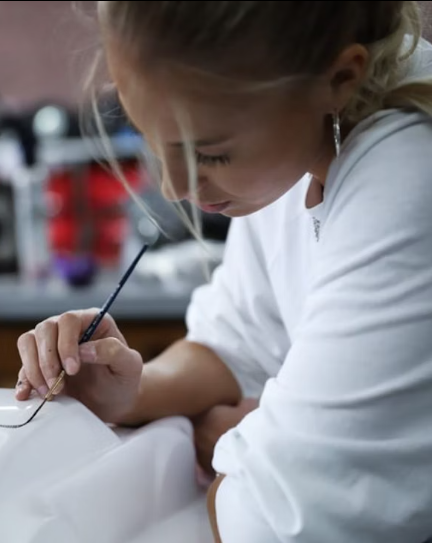
Project Plan
It will begin with the quiet scrape of a brush on fiberglass.
Before the first stroke touches the 911’s gleaming white surface, Hanna will retreat to her studio with ten 1:18 scale models.
Over the following weeks, she will hand-paint every one, experimenting with wave placements, testing how the boats might wrap around the rear haunches, and deciding whether Mount Fuji should stand proud on the decklid or rise subtly from the fender line.
There will be sketches in pencil and inkswirls of foam, arcs of spray, and the distinctive crest of the Great Wave, all drawn over the clean silhouette of the Porsche. Some designs will be dramatic, with the wave crashing high over the roof; others will be restrained, letting the bodywork breathe.
Only after studying the interplay of curve, color, and light on those tiny models will Hanna commit to the full-scale plan. In her mind, she will already see the moment when pigment meets metal, when the calm, pure white 911 begins its transformation into a rolling, roaring canvas.
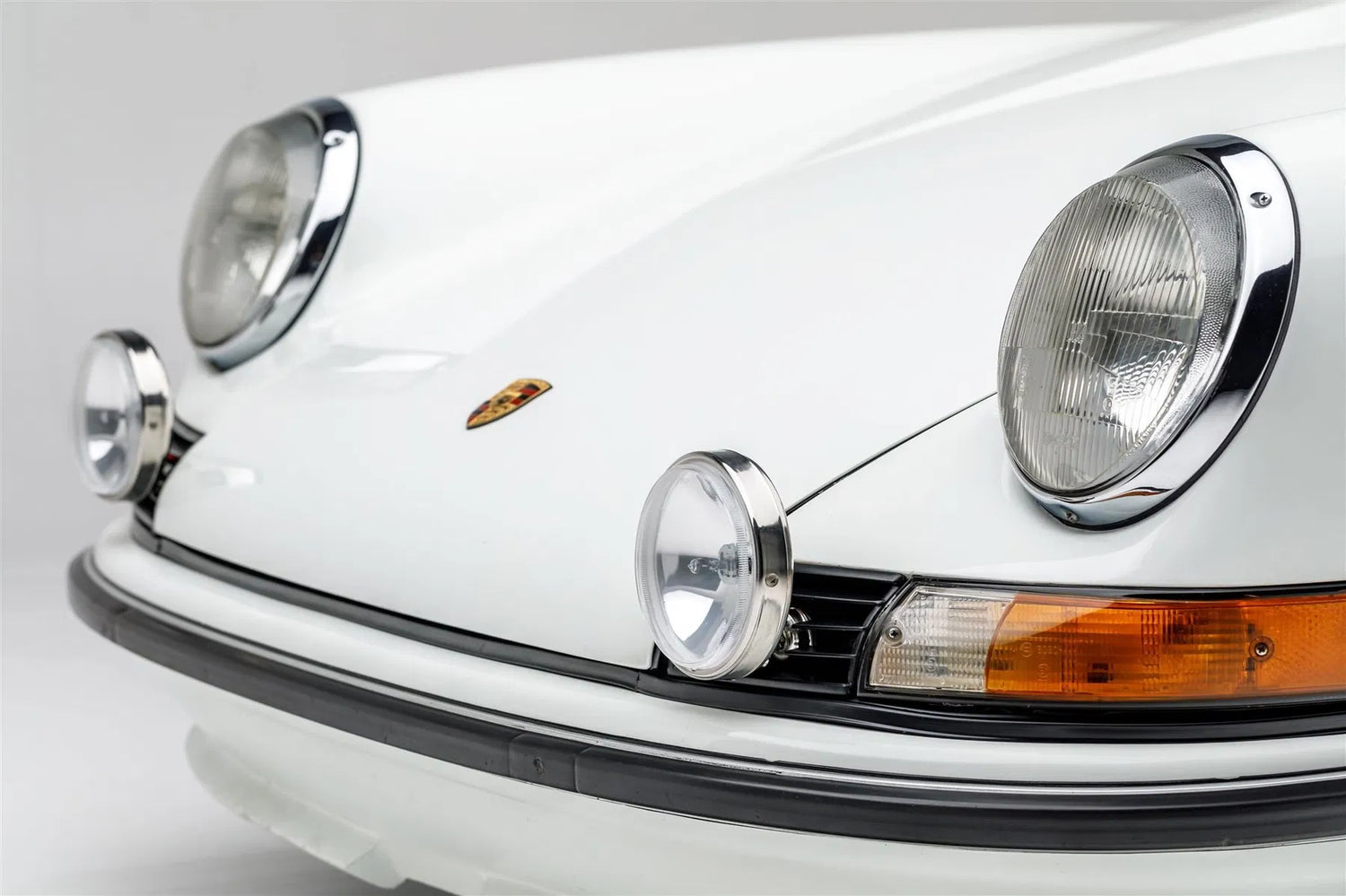
When the final layer of clear coat has cured, the car will no longer be just a Porsche 911.
It will stand as a living bridge between centuries of Japanese artistry and decades of German engineering, a moving sculpture where every curve carries the rhythm of the wave, and every mile driven adds a new brushstroke to its history.
From the quiet of Hanna’s studio to the first sunlight on open asphalt, the transformation will tell its own story.
The Great Wave will no longer rest on paper or hang in a gallery; it will surge forward on four wheels, ready to carve its own line through the world.
One car. One wave. One moment in history, forever in motion.
Stay tuned.
-Willem
